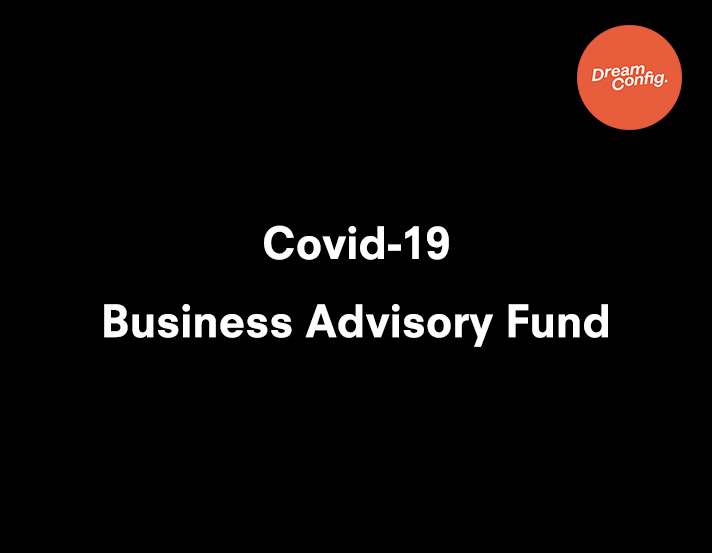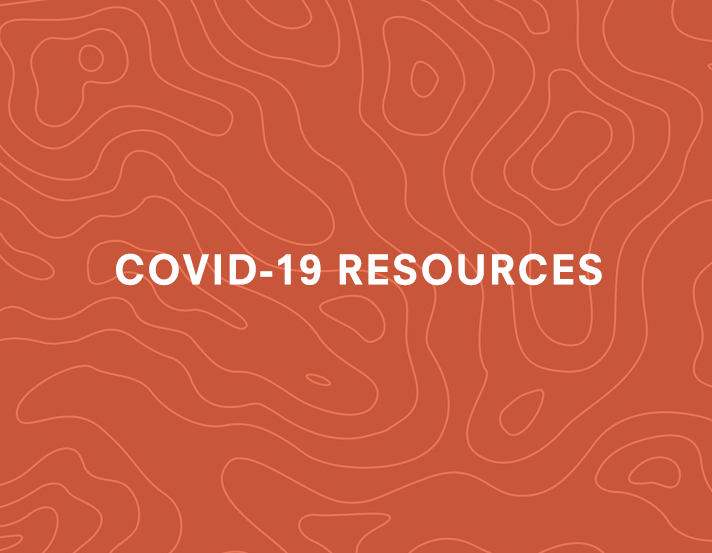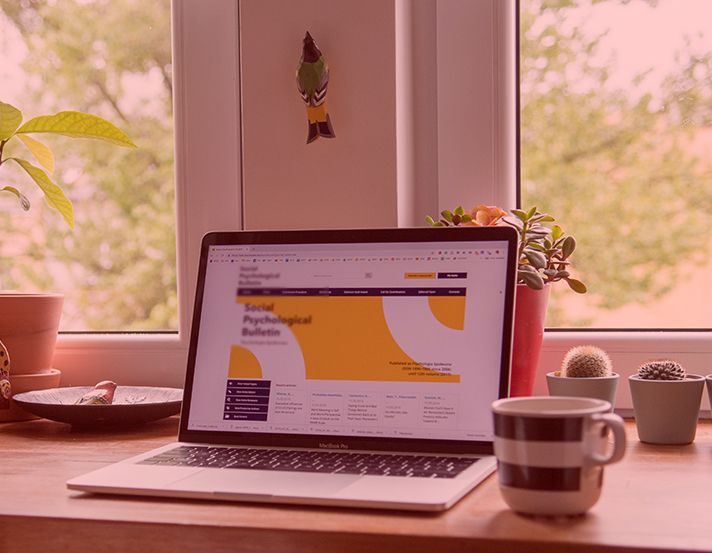Thoughts
Before Covid-19, and the upheaval that came with it, a lot of businesses would say that their customers found them primarily from word of mouth. These days, we’re having more conversations than ever about the change in customer behaviour caused by the pandemic. The most notable change has been the major switch from in-person to online. With it comes the need to adjust your digital marketing strategy to create a more robust online presence that helps your customers find and engage with you.
On average, people spend 6 hours and 42 minutes online per day doing god knows what – and that’s according to a report from before the pandemic! Luckily, thanks to Google analytics data, we are able to gain some insight into what exactly people are doing online these days.
As it turns out, the largest percentage of time tends to be spent on transactional research. That is, evaluating your business and your offering against your competitors.
So how do you go about creating a more robust online presence to raise your profile, engage customers, and improve the chances of them choosing you?
It starts with attribution - finding out where they’re coming from. If they’re coming from a search engine, what keywords are they using, what information are they searching for, and why? If they’re coming from social media or another website, what were they doing there to find you? Maybe they found you in an offline source, but which one?
Knowing where your customers come from allows you to see where your marketing efforts are successful, where efforts need to be adjusted, and where to target for the most valuable leads.
Then behavioural insights - you need to dig deeper into what you’re offering of interest to them on your site. How are they interacting with your website once they arrive? When are they leaving? What web content gets clicks, what gets ignored, and what prompts them to engage in the sales process?
A clear understanding of how customers interact with your site allows you to take the guesswork out of optimisation - you’ll know exactly where the pain points are, and what aspects are more likely to drive a conversion.
Finally, a digital health check – optimising the user experience to make customers more likely to convert. How can you ensure their experience is of value, so they’ll contact you? What’s not working? What changes can you make to engage them and keep them engaged?
Creating a high quality experience will help prevent customers from falling out of the sales funnel, and make them more likely to come back.
These are all important questions to ask, and you’ll want to dig deeply into the data as you attempt to answer them. As your online presence becomes the focal point of customer acquisition, you’ll want to revisit these questions to help you continually optimise.
Part 1 - Find out where they come from (attribution)
There are quite a few different ways to find out where your customers are coming from, with different amounts of skill and time required for each.
The easiest way is to let them tell you – whether that’s simply asking when you’re talking to them face to face or on the phone, adding an option to share that information at the checkout or as part of a contact form, or asking about it in a survey you might send out in your newsletter.
You might also choose to delve into some keyword research, whether that’s pretending to be a customer and trying different searches to see where your business pops up or looking at your performance metrics on Google Search Console. There are also a number of paid and free tools you can use for keyword research and performance metrics, such as Moz, SEMRush, and AHrefs.
Easily the biggest time sink, due to the sheer amount of data you can access, is Google Analytics. If you haven’t got Google Analytics set up, make that a priority - you can only access data from the time you started measuring. Very simply, GA allows you to see real time and historical data for which pages are getting the most traffic, as well as a breakdown of where it’s coming from, which other pages each user visited, and whether they converted.
You can also get much, much deeper into the data with full attribution models that show you a customer’s full journey to conversion over multiple visits from multiple sources – but that’s something to get into later.
Once you’ve gotten into the swing of the top-level analytics in GA, you’ll want to take some time to explore the Acquisition tab. Here you can deep dive into all the ways users are finding you – digital channels, sources, referrals, ads, landing pages, time of day, devices etc. There’s a lot of things you can do to make this information even easier to understand, such as using trackable URLs every time you share your site link, and setting up e-commerce and goal tracking in GA.
Part 2 - Learn what you’re offering that’s of interest to them most (behavioural insights)
There’s a lot of data to get lost in once you start examining user behaviour, so it’s important to pick out key areas so you can examine the most relevant information.
When choosing what to report on, consider your overall business objectives, the business strategies and tactics that support them, your KPIs, your customer segmentation, and your targets.
After you understand where your customers come from, you can understand the ways they interact with your site by exploring the Behaviour tab. Here you’ll find the top level engagement stats, such as average time on page, bounce rate, and exit rates, as well as really detailed breakdowns customer activity, such as the pages they visited in order, page load times, when they purchased or contacted you, what they searched for on your site, and what they clicked.
The Behaviour data will naturally coincide with the Conversions data, as it’s all about user behaviour directly related to your business objectives - be that e-commerce conversions, or custom goals you set up such as filling a contact form or playing video content.
These are the metrics that can really show you your content’s strengths and weaknesses. If a certain page has an exceptionally high bounce rate for example it might indicate that it’s not answering a user’s question, whereas a page with a stellar conversion rate ticks all the right boxes, and should inform how you optimise other pages.
If you’re a bit more visual and interested in UX/UI design, you can also use tools like Hotjar to view heatmaps and recordings of user interactions to see clicks, mouse movements, and scrolling, or conduct usability testing. This is a great way to see exactly how users interact with your site and can help you determine if user pain points are informational or functional.
Part 3 - Optimise the customer experience to make it more likely that they’ll convert (digital health check)
Obviously, the key part of this whole exercise is optimising your online presence using the information you’ve gleaned in the previous steps to create a great customer experience. Websites that are continuously being optimised get more traffic, convert more customers, and resist becoming outdated and costly to run.
This process will likely cover both on-page and off-page work. Start by looking at pages that are performing poorly, either high bounce rates or low conversion rates, and dig into all the possible usability problems. The written content of the page might not match the keyword it appears for, a product might not have enough pictures and details, a Call to Action might be missing (or easily missed), or the page might load too slowly.
Google has a great free tool called Measure which you can use to see what technical aspects of the page might be letting you down, in the key areas of Load Performance, Accessibility, Best Practices, and SEO. These are things that are harder to notice, but can have a big impact on user experience.
Once you establish what exactly is underperforming, there are a number of fixes you may need to undertake, such as updating your SEO and Google Ads strategy, refreshing your web design and copy, or improving overall performance.
The key is to keep measuring and improving. Optimisation is not a one-time thing.
If all the data and optimisation seems a bit daunting, you might be thinking of bringing in a digital agency to help. Here at Dream Config, there’s nothing we love more than digging into analytics data to help surface actionable insights, and creating optimisation roadmaps with measurable outcomes.
Our Discovery services are designed to show you exactly where the opportunities to improve are, by providing useful insight into incremental steps you can take towards maximising the ROI of your greatest online asset. We work directly with company founders and stakeholders to challenge assumptions by bringing data-driven insights and deep domain expertise to the table, and our combined experience in strategy, design, development and marketing makes our process one of the most comprehensive around.
Ready to create a robust online presence and drive sales? Get in touch, and we'll conduct a 30 min review to share some initial thoughts on your current challenges, with no obligations.


























